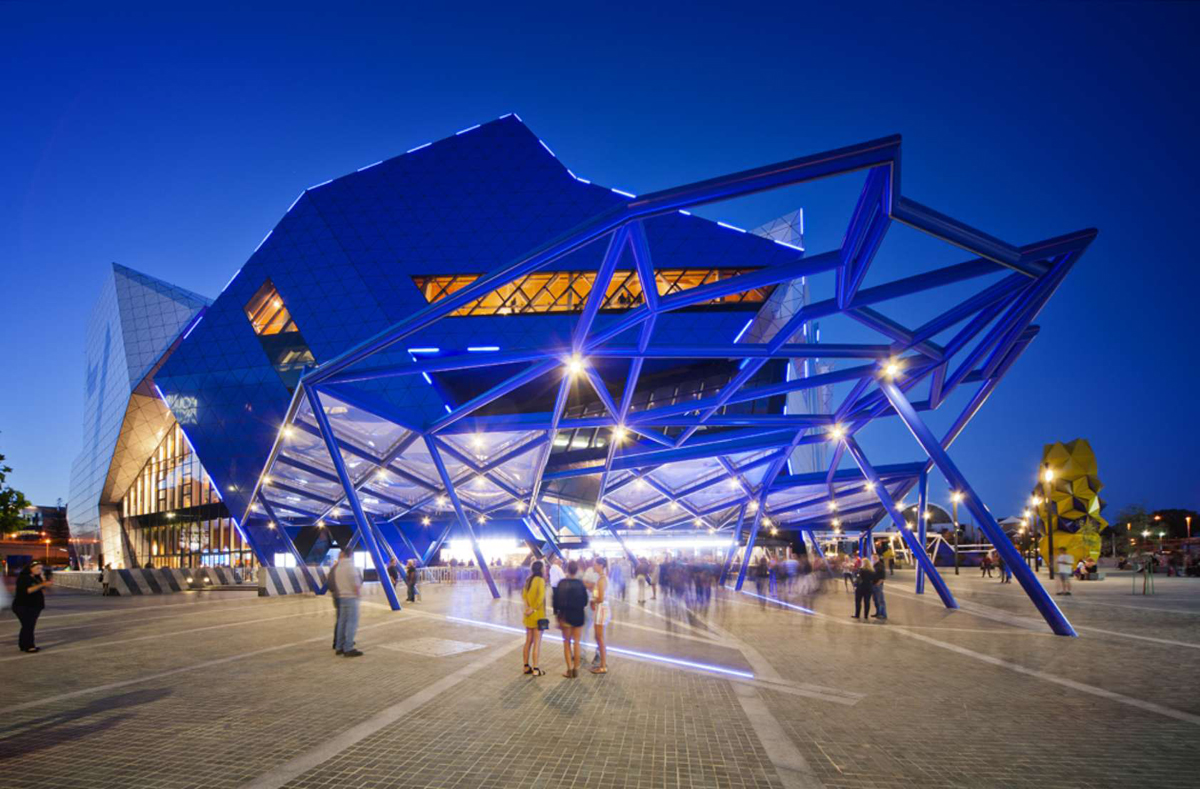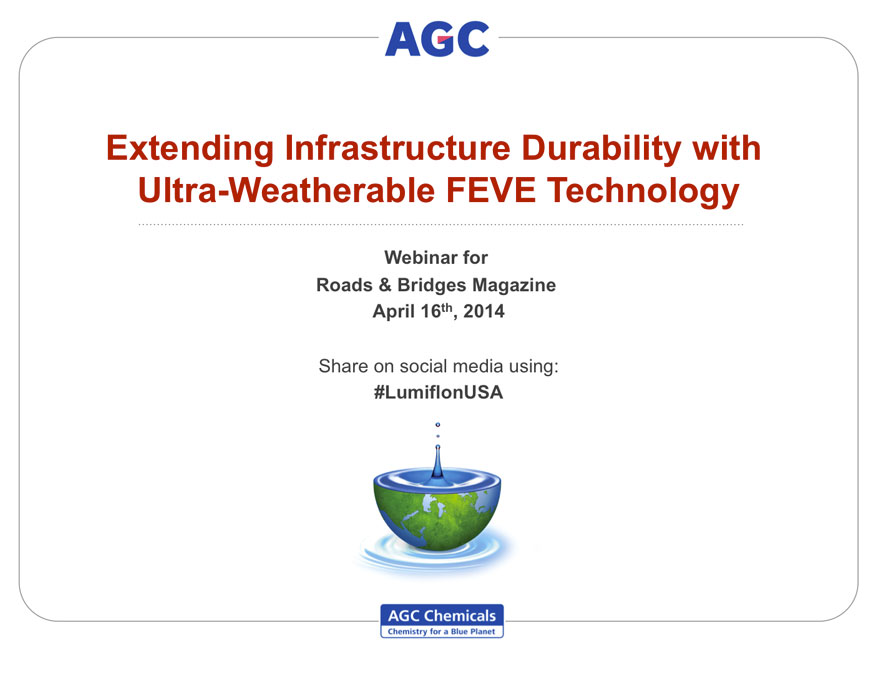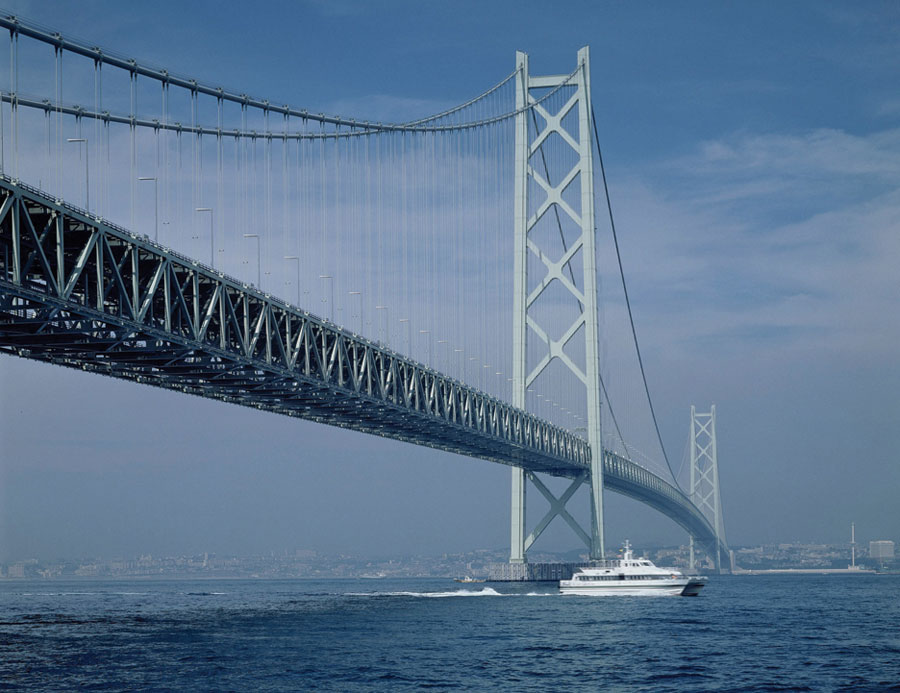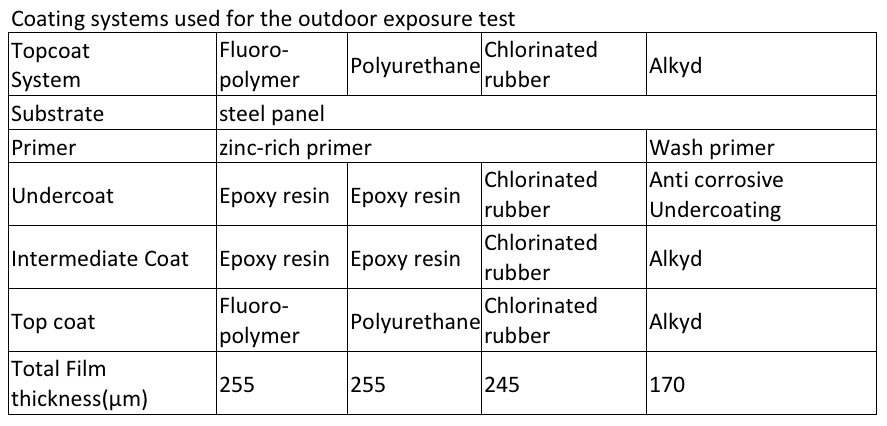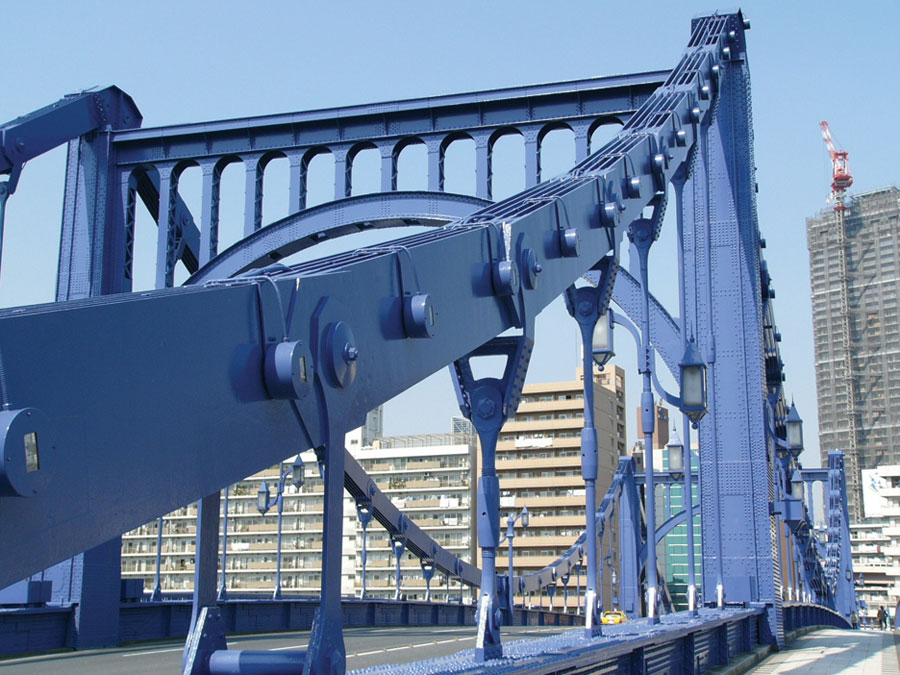Fluoropolymers have provided excellent durability and weatherability in various architectural projects for years. PVdF provides excellent longevity, but is limited by application, gloss range, and the amount and type of colors available. FEVE resins can be easily formulated with almost any color pigments.
Lumiflon FEVE Resin Coatings for Bright Architecture
Categories Technical
